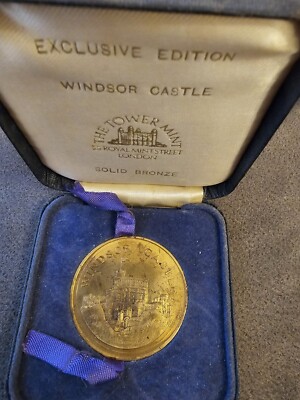Understanding the Royal Mint: History and Significance

Introduction
The Royal Mint is a British government-owned company responsible for the production of coinage in the United Kingdom. With a history spanning more than 1,100 years, the Royal Mint’s significance extends beyond mere currency production; it also plays a pivotal role in British heritage, economics, and even tourism. As the world changes, so does the Mint, adapting to the evolving landscape of currency and the increasing popularity of rare collectibles.
Historical Overview
Founded around 886 AD in the reign of King Alfred the Great, the Royal Mint has undergone numerous transformations. Originally situated in the Tower of London, it was relocated to various sites before settling in its current location in Llantrisant, Wales, in 1968. This move facilitated modernisation and expansion, allowing better production capacity to meet the demands of both domestic and international markets.
Modern Operations
Today, the Royal Mint produces billions of coins annually, catering not just to the UK but also supplying coins to 60 other countries. Additionally, it is engaged in producing commemorative coins and medals that celebrate significant events, anniversaries, and figures in British history. In recent years, the Mint has embraced technology by introducing gold and silver bullion products, which have seen a surge in popularity among investors. The release of innovative collectable series, often featuring popular culture icons and historical figures, has also attracted a new generation of collectors.
Current Developments
The Royal Mint continually updates and improves its operations to remain at the forefront of the coinage industry. Recent initiatives include the introduction of new coin designs reflecting contemporary cultures and events, and initiatives aimed at sustainability in production processes. Additionally, the Royal Mint has embraced digital currency trends, exploring blockchain technology for verification of authenticity and trade of its collectible products.
Conclusion
As the Royal Mint enters a new era, it stands as a testament to the rich history and tradition of British coinage while adapting to modern demands. The Mint not only serves as a crucial provider of currency but also as a guardian of the collective memory of the nation. For residents and visitors alike, the Royal Mint remains a fascinating destination, illustrating the evolution of money from ancient times to the digital age. With ongoing innovations, the Royal Mint is set to continue its vital role in the financial landscape of the UK and beyond.









